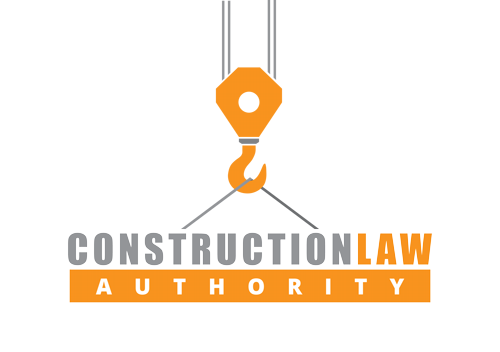Don’t Underestimate the Importance of Repair Estimates When Evaluating Your Construction Defect Claim
Investigating and placing potentially responsible parties on notice about the existence of construction or design defects against Developers, Contractors or Design Professionals in accordance with Chapter 558, Florida Statutes, is an important part of the claims process. As their defect claims progress, Individual Property Owners and Condominium Associations may need professional assistance from their attorneys and design consultants in calculating the potential costs to correct construction or design defects. There are many other reasons why Owners or Associations would want to obtain repair proposals or estimates. For example, while repair estimates may help Owners and Associations budget for repairs, they may also help Owners and Associations to prioritize their claims for settlement purposes. Repair estimates enable Owners and Associations to identify any defects they may wish to withdraw from their Ch. 558 pre-litigation construction defects claims, or from litigation, during the course of settlement negotiations. When negotiating a...

